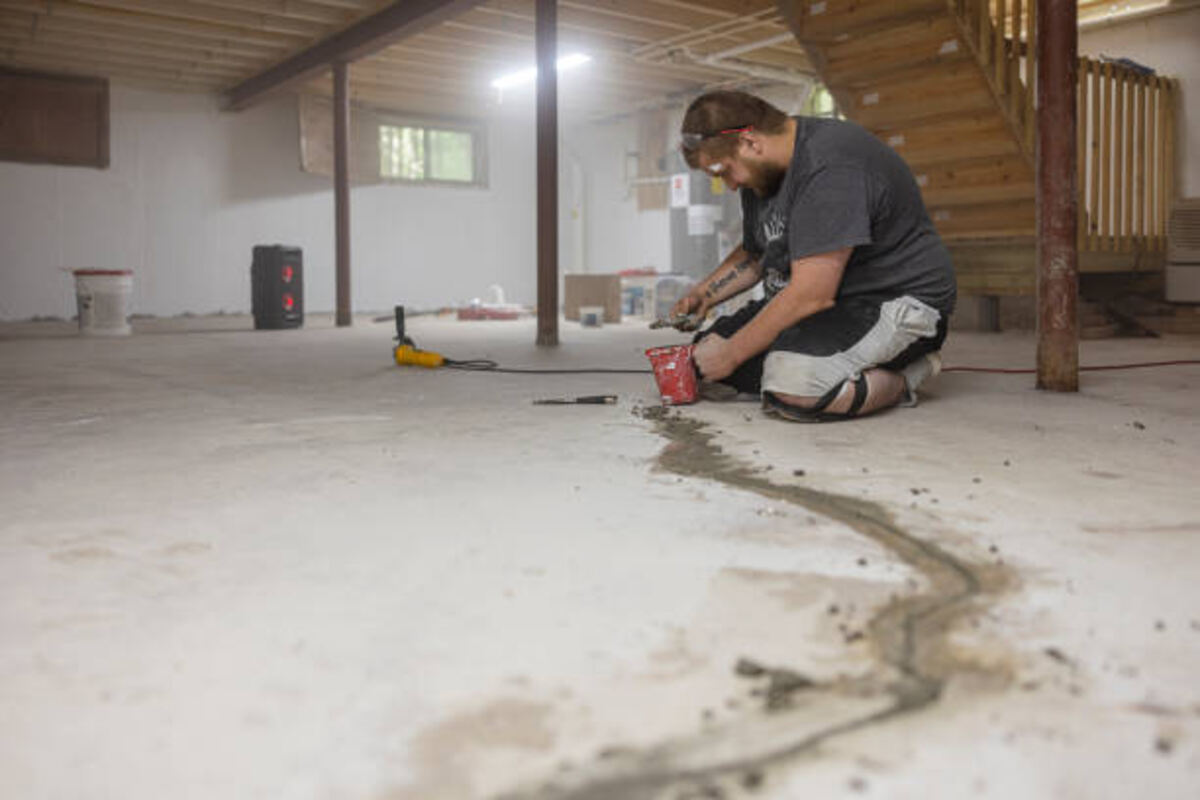Understanding Basement Drainage Systems: Your Key to a Dry Basement
A finished basement can be a fantastic asset to your home, but its functionality hinges on one crucial factor: keeping it dry. Waterproofing your basement is essential, and a properly installed drainage system forms the backbone of many waterproofing solutions. This article will delve into the importance of basement drainage systems, different types of systems, and the expertise offered by TAF Basement Waterproofing in Toledo, Ohio (419-500-4440, located at 3116 Bellevue Rd #3, Toledo, OH 43606). Read the Best info about basement crack repair.
Why is a Drainage System Crucial for Basement Waterproofing?
Basements are inherently susceptible to water intrusion. Groundwater pressure, hydrostatic pressure, and even minor leaks can lead to dampness, mold growth, and structural damage. A well-designed drainage system helps prevent these issues by collecting and removing water from your basement.
Here’s how a drainage system works:
- Water collection: A drainage system typically consists of a perimeter drain installed along the base of the basement walls. This drain collects water that seeps through the foundation walls or floor.
- Sump pump: The collected water flows into a sump pump, a basin located at the lowest point of the basement floor. The sump pump then pumps the water away from your foundation, typically discharging it into a storm drain or another suitable location.
A drainage system is vital for maintaining a dry and healthy basement environment by intercepting water before it accumulates and causes problems.
Different Types of Basement Drainage Systems
There are different types of drainage systems available, each suited to specific needs:
- Interior drainage systems: This is the most common type and involves installing a perforated pipe along the perimeter of the basement floor, connected to a sump pump.
- Exterior drainage systems (French drains): These trenches filled with gravel collect water seeping through the soil around your foundation and channel it away from your home. They work best when installed during new construction but can be used in particular existing basements.
- Subfloor drainage systems: These systems are used when water enters the basement through the floor slab. A network of pipes is installed beneath the concrete slab, collecting water and directing it to a sump pump.
Choosing the proper drainage system depends on factors like the source of the water problem, your foundation type, and soil conditions. Consulting a professional from TAF Basement Waterproofing in Toledo, OH, is crucial to ensure the most suitable system is installed for your unique basement.
TAF Basement Waterproofing: Experts in Drainage System Solutions
TAF Basement Waterproofing understands the importance of adequate drainage systems in keeping your basement dry. Their team of experienced professionals can assess your basement and recommend the most appropriate drainage system based on your specific situation.
They offer a range of services, including:
- Drainage system installation: TAF Basement Waterproofing uses high-quality materials and proper installation techniques to ensure your drainage system functions optimally for years.
- Sump pump installation and maintenance: They can install a new sump pump or service your existing one, ensuring it’s in good working order to remove water efficiently.
- Drainage system inspection and repair: If you’re experiencing issues with your existing drainage system, TAF Basement Waterproofing can diagnose the problem and provide adequate maintenance.
Don’t let a faulty drainage system compromise your basement’s functionality. Contact TAF Basement Waterproofing in Toledo, Ohio, today (419-500-4440, 3116 Bellevue Rd #3, Toledo, OH 43606) and take control of your basement’s water problems with a reliable and efficient drainage system.


